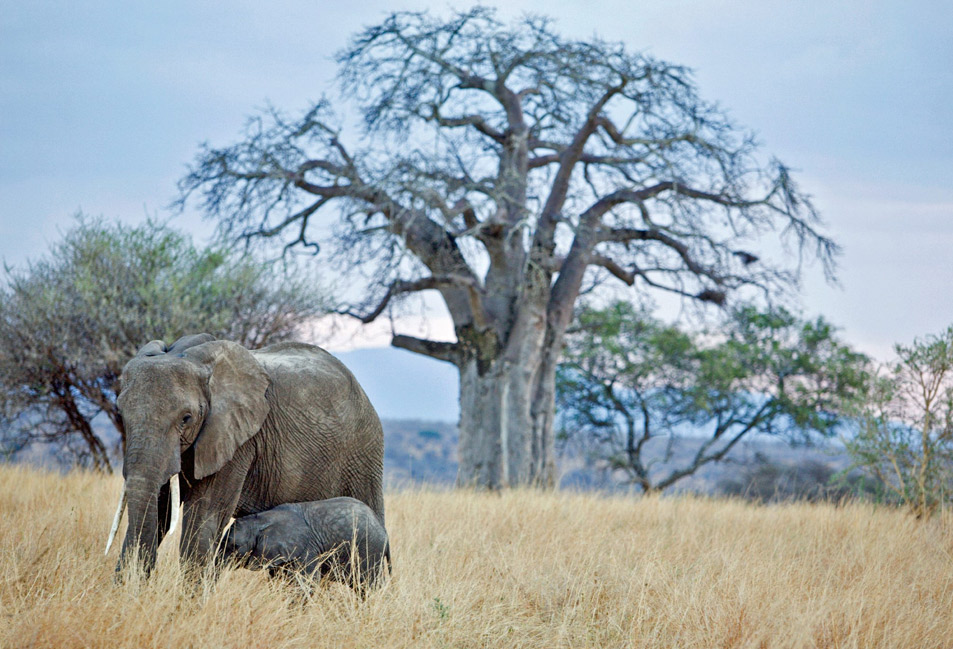The Rongai route is one of the least frequented of the official Kilimanjaro routes. The upside of this is that there will be few other climbers about and for most of the trek you are walking through virgin wilderness and awe inspiring scenery. The downside is that one of the reasons it is quiet is because the topography of this route doesn't make it easy to acclimatise as you can't easily follow the "climb high, sleep low" principle. To combat this we add an acclimatisation day at Mawenzi Tarn on our 7 day climb. Lying in the rain shadow of Kilimanjaro, the Rongai route is one of the best routes to make the attempt on Kilimanjaro during the rainy season, as it sees substantially less rain than the southern routes.
Approaching Mt. Kilimanjaro from the North, Rongai Route offers unspoiled wilderness experience where it is possible to see wildlife like antelope, elephant and buffalo. It’s the quietest route suitable for those who wants to get away from the crowds.
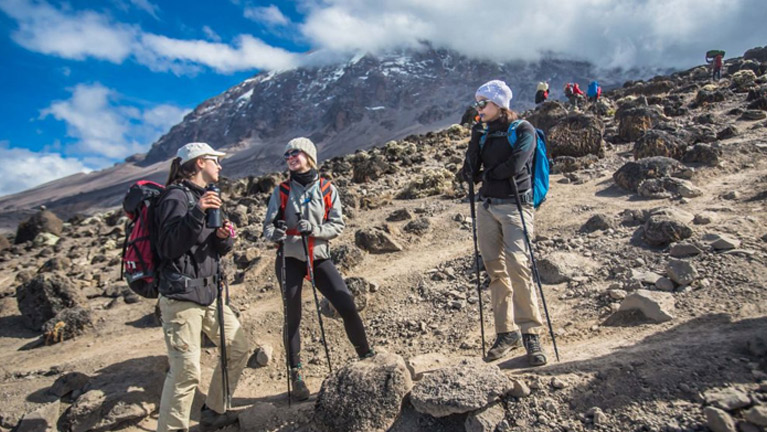
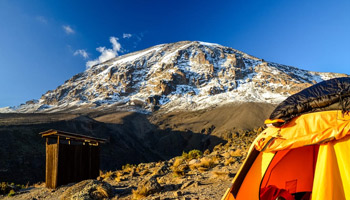
Elevation Gain: 760 meters, 2,000 feet
After an early breakfast, drive to the Rongai Gate near the Kenya border. After registering at the gate, begin your climb to Uhuru Peak, the roof of Africa. During the first day, hike through forests where you may see and hear wildlife. Eat lunch on the trail before continuing to the first campsite. Rongai ascends via the less forested northern side of the mountain.
The Rongai Route is one of the least crowded routes on Kilimanjaro because of the long drive to the gate. The Rongai trail is thought to have the best chance of viewing wildlife.
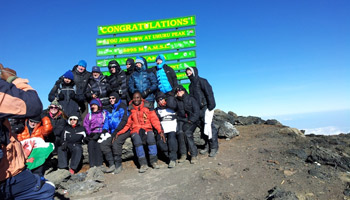
Elevation Gain: 1,000 meters, 3,280 feet
During day two hike through Kilimanjaro’s moorland. The Rongai route is relatively short and steep, making for shorter hiking times. During this day, view Mawenzi Peak ahead.
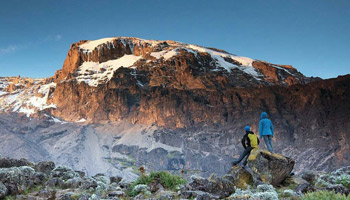
This day is an acclimatization day, allowing you to hike in the beginning of the day and rest in the afternoon and evening. The hike is relatively short but steep. The Mawenzi Tarn campsite is situated below Mawenzi Peak and offers stunning views of both Mawenzi and Kibo.
Elevation Gain: 730 meters, 2,390 feet

Cross the lunar landscape of the saddle on this day to arrive at the final campsite. Kibo Camp is situated directly below the Kibo cone, giving you views of your final destination.
Elevation Gain: 420 meters/1380 feet
Distance: 5Km
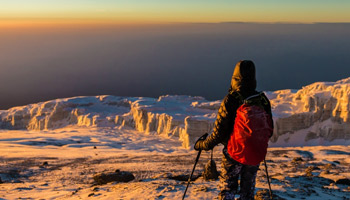
Around midnight, begin the final ascent to Uhuru Peak, the highest point in Africa. For the next six hours, hike by the light of your flashlight. The ascent to the crater rim is the most challenging part of the entire trek. The trail is very steep until you reach the crater rim at Gilman’s Point
The hike from Gilman’s to Uhuru Peak is a gradual climb and, as far as hikes go, not very difficult. The altitude, however, makes the hike long and tiring. The crater rim hike takes approximately two hours. Upon reaching Uhuru, take photos of your guide and group at the peak before beginning the descent to Horombo Hut.
Elevation Gain: 1,145 meters, 3,760 feet
Elevation Loss:2,175 meters, 7,140 feet
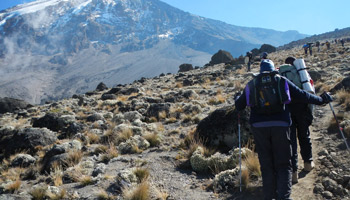
After breakfast, finish the trek with a descent to Marangu Gate. Your last hike on Kilimanjaro is a beautiful one, passing through Kilimanjaro’s cloud forest. Watch your step during the descent, as the trail can be slippery. Our vehicles will be waiting at Marangu Gate to take you back to Moshi. You will be able to buy t-shirts and sodas at the gate.
Elevation Loss: 1,920 meters, 6,295 feet
|
Number of People |
Regular |
Luxury |
|
2 – 3 |
$2,195.00 |
$3,220.00 |
|
4 – 6 |
$2,100.00 |
$2,900.00 |
|
7 – 10 |
$1,910.00 |
$2,820.00 |
|
11+ |
$1,845.00 |
$2,675.00 |
Customize your Trip with choose a Tailor-Made destination, pick your lodges, and we'll do the rest
